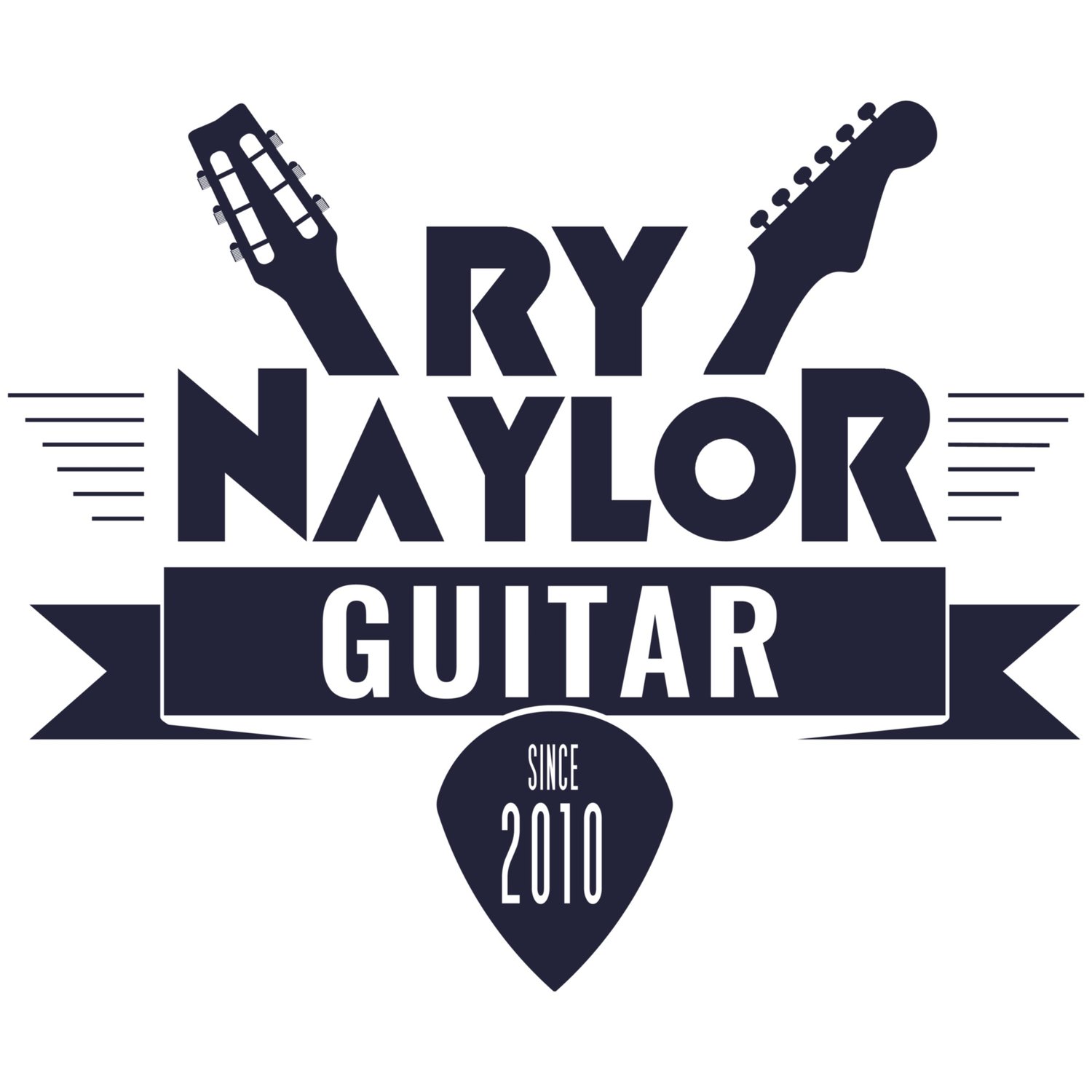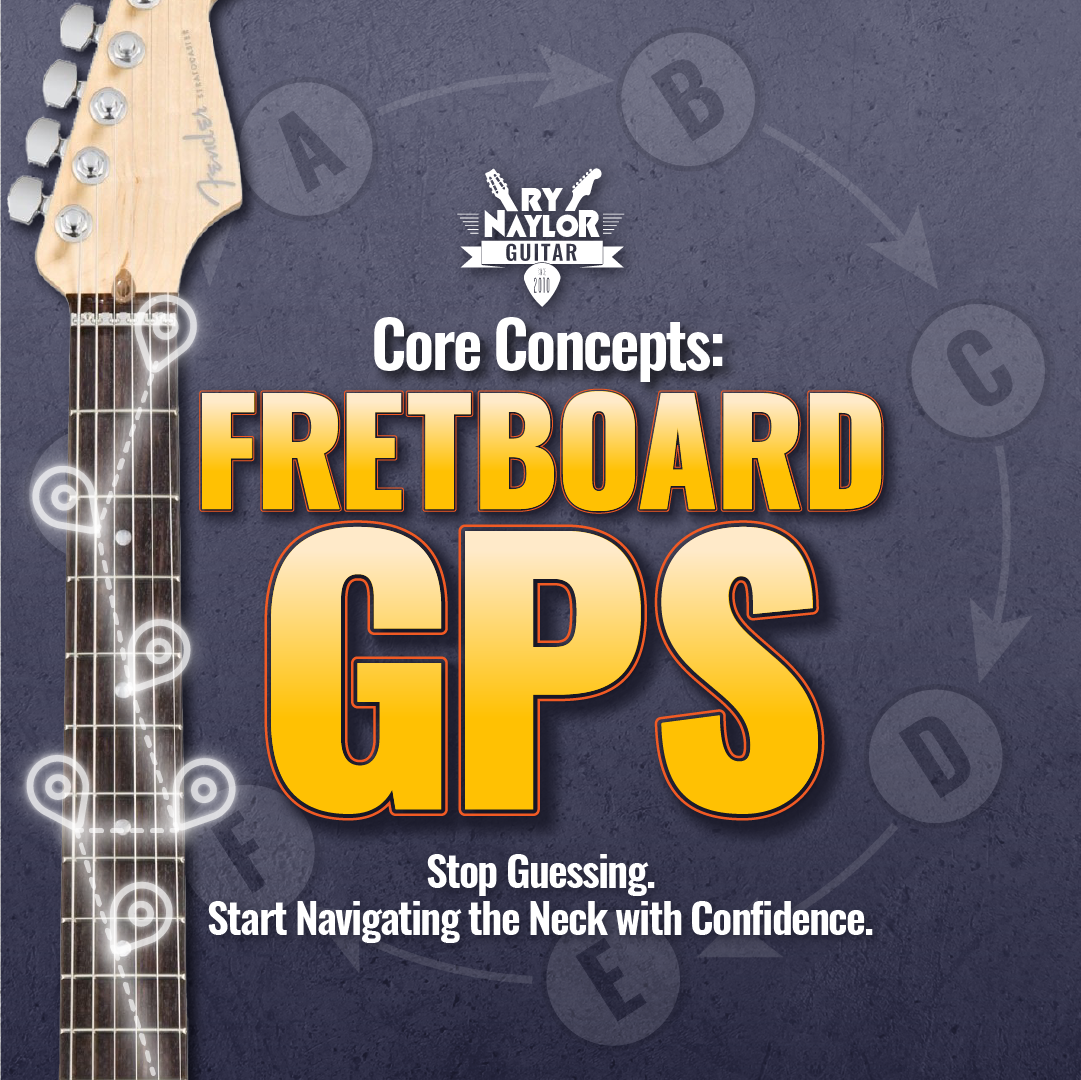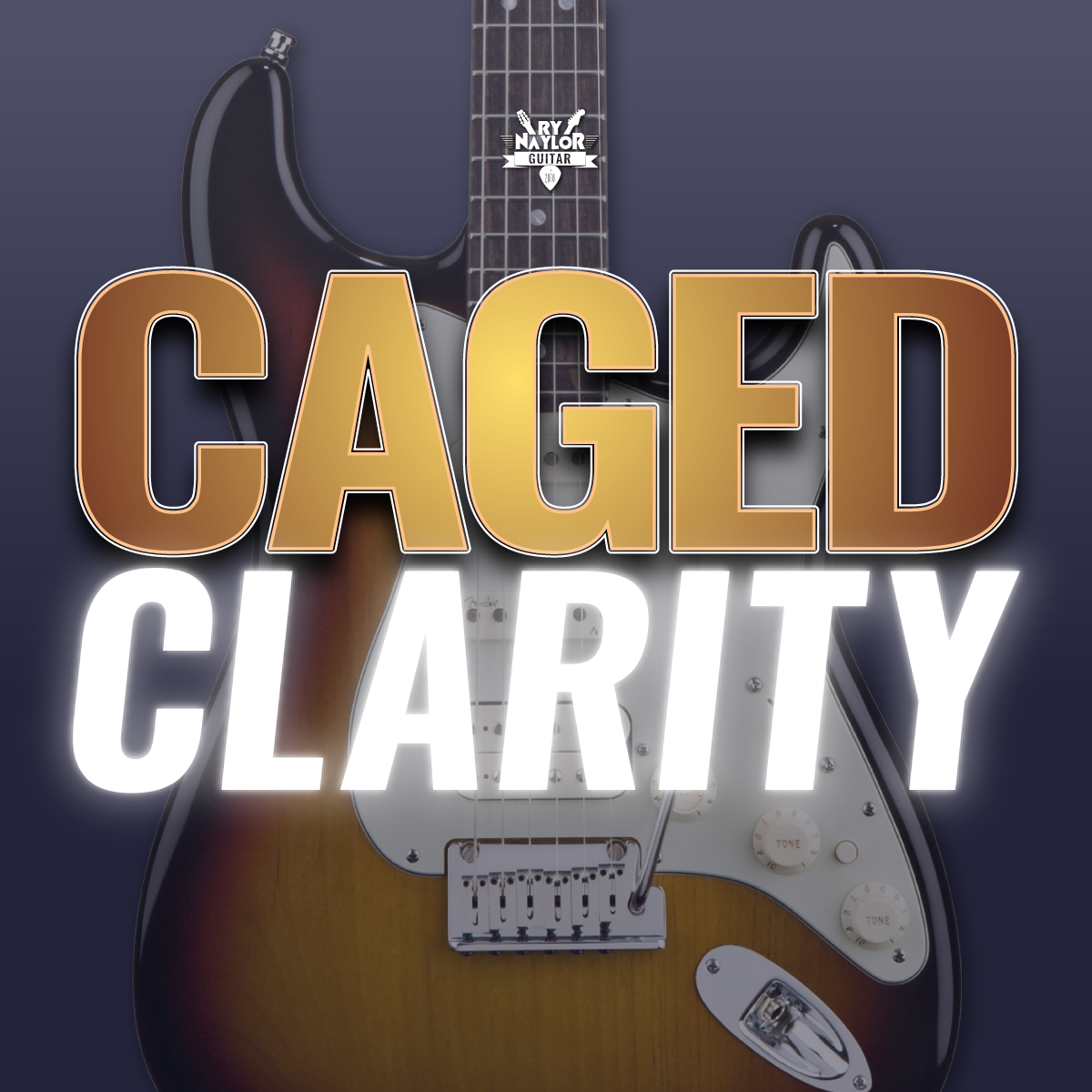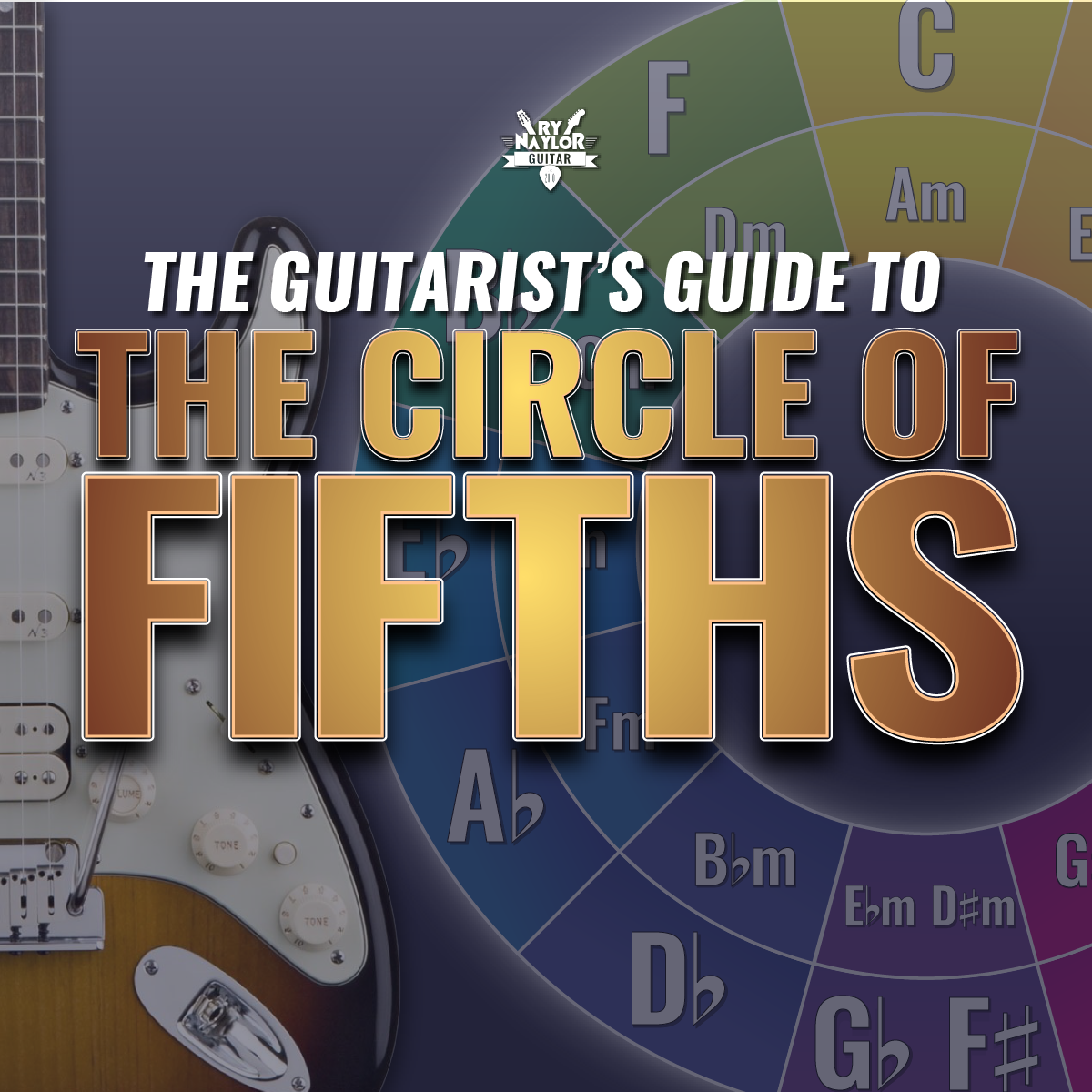How to play Seventh Chords on Guitar
/How do you play seventh chords on guitar? In this week's guitar music theory lesson we are learning exactly what seventh chords are and how they can be related to one another on the guitar fretboard to help you memorise them more effectively.
I always like to start with a major chord grip when explaining seventh chords. We are starting with examples in the open position, rooted in D. A major chord is Root-Major 3rd-Perfect 5th (R-3-5).
Seventh chords have four notes. Upon the 1-3-5 we add another third on top (1-3-5...7).
The first seventh chord we can create is the major 7th chord by adding in major seventh above the Root note (the 7th note of the major scale). This can ALWAYS be found a half step (or 1 fret) below a root note. If you have a spare root note in the chord grip, lower it one fret and you're adding in the major 7th and playing a major 7th chord (R-3-5-7).
In a diatonic key, the I and IV chords can be substituted with major 7th chords.









From the major 7th chord we can flatten (or lower) the major 7th one fret on the guitar fretboard to play a minor 7th (or b7) above the root note. Adding that to a major chord will create a dominant 7th chord.
The dominant 7 is R-3-5-b7 and, in a diatonic key, it is the V chord that can be substituted with a dominant 7th chord.
From the dominant 7th grip we can flatten (or lower) the major 3rd one fret on the guitar fretboard to play a minor 3rd (or b3) above the root note.
This then creates the minor 7th chord (min7 or m7) (R-b3-5-b7). In a diatonic key, the ii, iii and vi chords can be substituted with a minor 7th chord.
From the minor 7 chord we can flatten (or lower) the perfect 5th one fret on the guitar fretboard to play a diminished 5th (or b5) above the root note.
This then creates the minor 7 flat 5 (min7b5) or half diminished seventh chord (R-b3-b5-b7). In a diatonic key, this is the seventh chord formed from the 7th degree of the major scale.
So through a series of interval adjustments, we can learn each of the seventh chords from a major chord grip. This can work for open chords and barre chords.
Seeing the chords' intervals will also help you in your lead playing and improve your confidence finding chord tones in your solos.
To help you in your practice, I have a Seventh Chords chart PDF available to all my supporters on Patreon.
Don’t forget to check out my free eBook ‘Fretboard Mastery’ and, if you’re looking to go deeper into guitar music theory, you should definitely check out my premium video course ‘Guitar Rut Busters: Essential Theory’.











